A dream finally comes true
Tag: NANOTECHNOLOGY/MICROMACHINES
Up-close and personal with neuronal networks
Nanoelectrodes record thousands of connected mammalian neurons from inside
HD microscopy in milliseconds
University researchers improve super-resolution microscopy
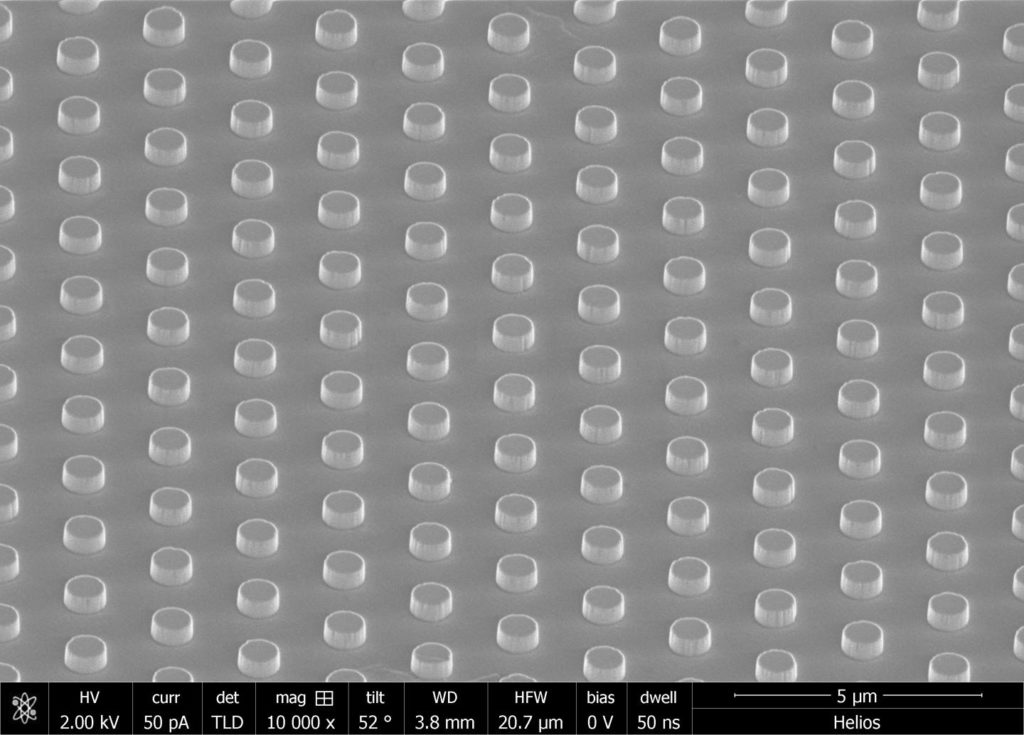
Nano bulb lights novel path
Rice University engineers create tunable, nanoscale, incandescent light source
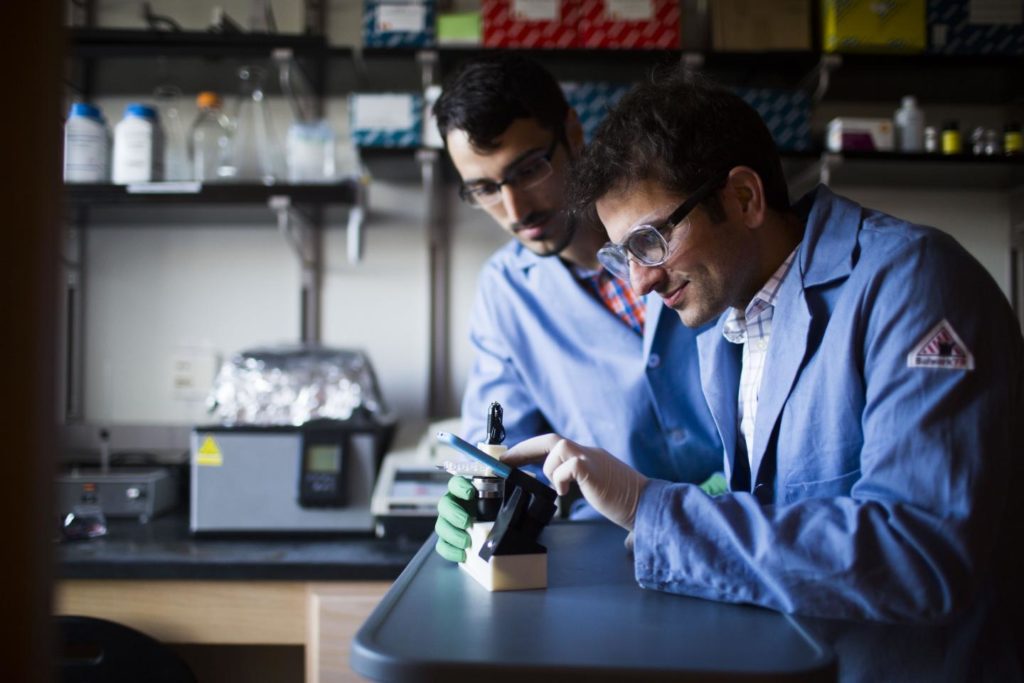
DNA ‘origami’ takes flight in emerging field of nano machines
Nanoscale devices open new era in biomedical research and materials science
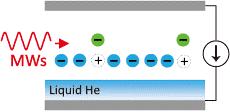
New method for detecting quantum states of electrons
Electrons on liquid helium may have applications in quantum computing
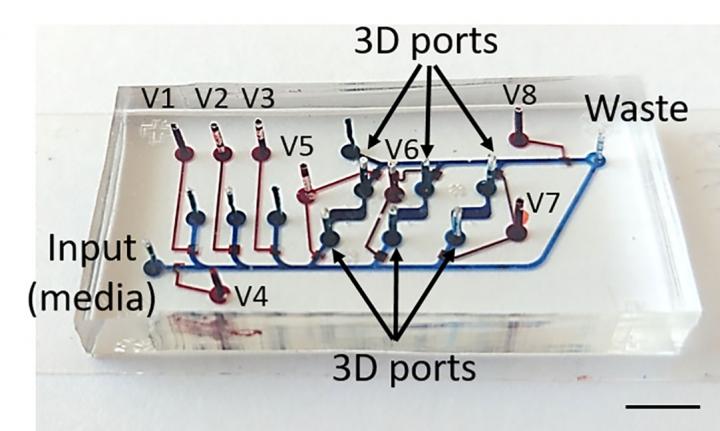
Every step a cell takes, every move they make — scientists will be watching
Scientists have created a novel two-layer microchip to track individual developmental changes in stem cells over longer time periods
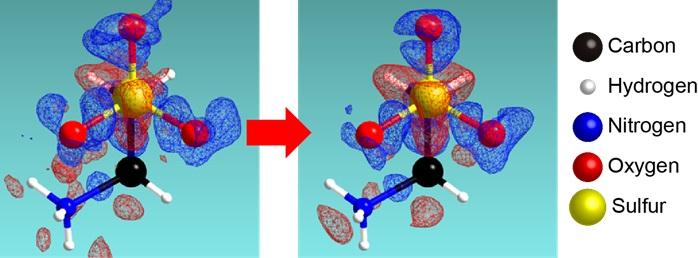
Statistical inference to mimic the operating manner of highly-experienced crystallographer
Prior evaluation of crystal structure analysis using a small data set
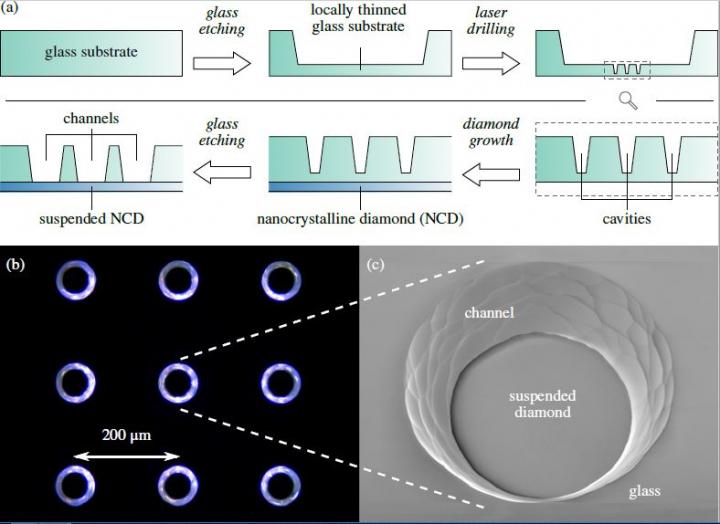
Diamonds are forever: New foundation for nanostructures
Scientists combine glass and synthetic diamond as a basis for tiny structures
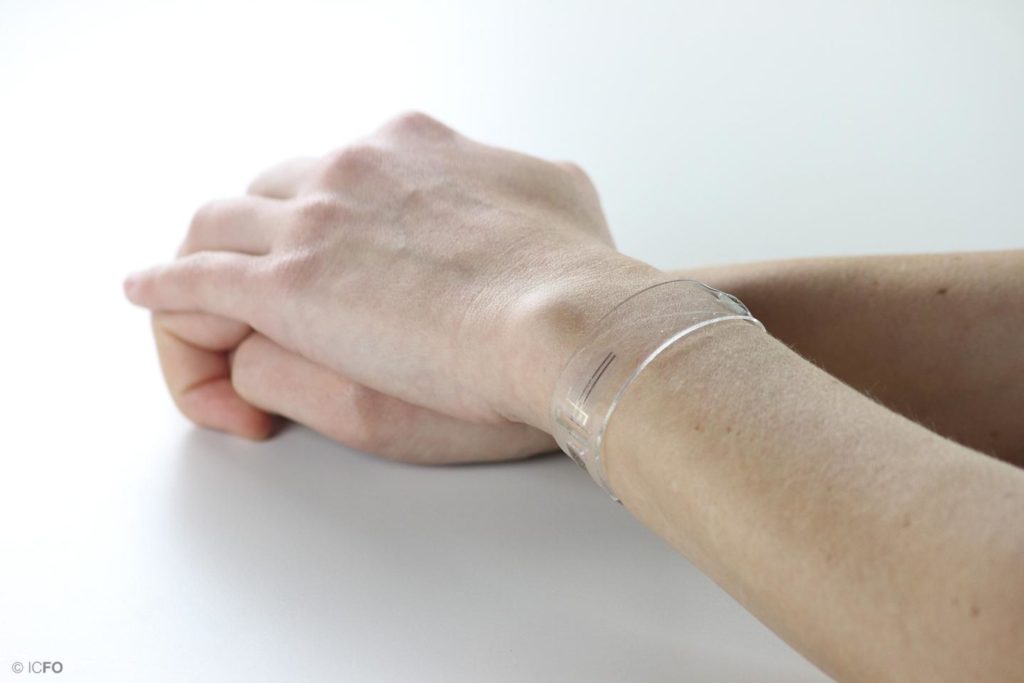
New health monitors are flexible, transparent and graphene enabled
New technological devices are prioritizing non-invasive tracking of vital signs not only for fitness monitoring, but also for the prevention of common health problems such as heart failure, hypertension, and stress related complications, among others. Wearables based on optical detection…
Spin devices get a paint job
Simple copper becomes an effective spintronic component thanks to molecular film

Gem-like nanoparticles of precious metals shine as catalysts
Heated particles shift shape and become highly active catalytically
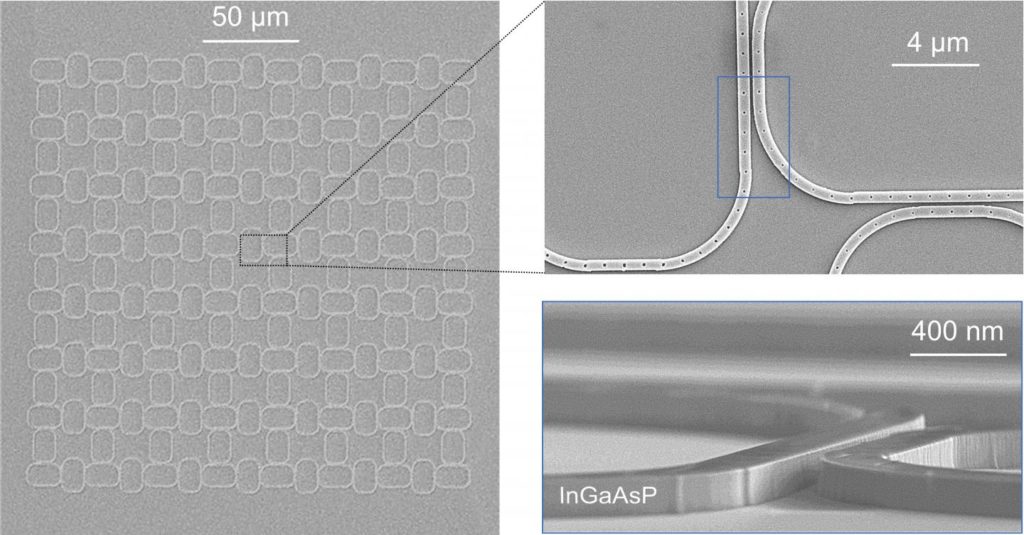
Penn engineers’ new topological insulator reroutes photonic ‘traffic’ on the fly
Dynamic data routing could make for faster photonic chips that use their entire footprint
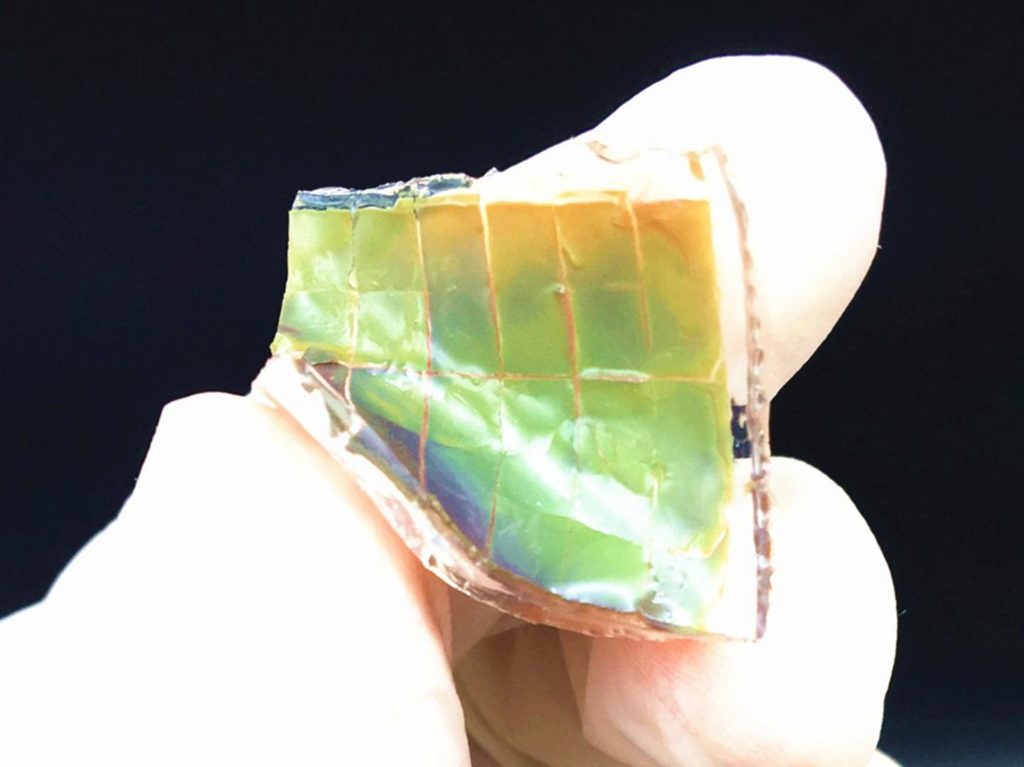
A chameleon-inspired smart skin changes color in the sun
Some creatures, such as chameleons and neon tetra fish, can alter their colors to camouflage themselves, attract a mate or intimidate predators. Scientists have tried to replicate these abilities to make artificial “smart skins,” but so far the materials haven’t…
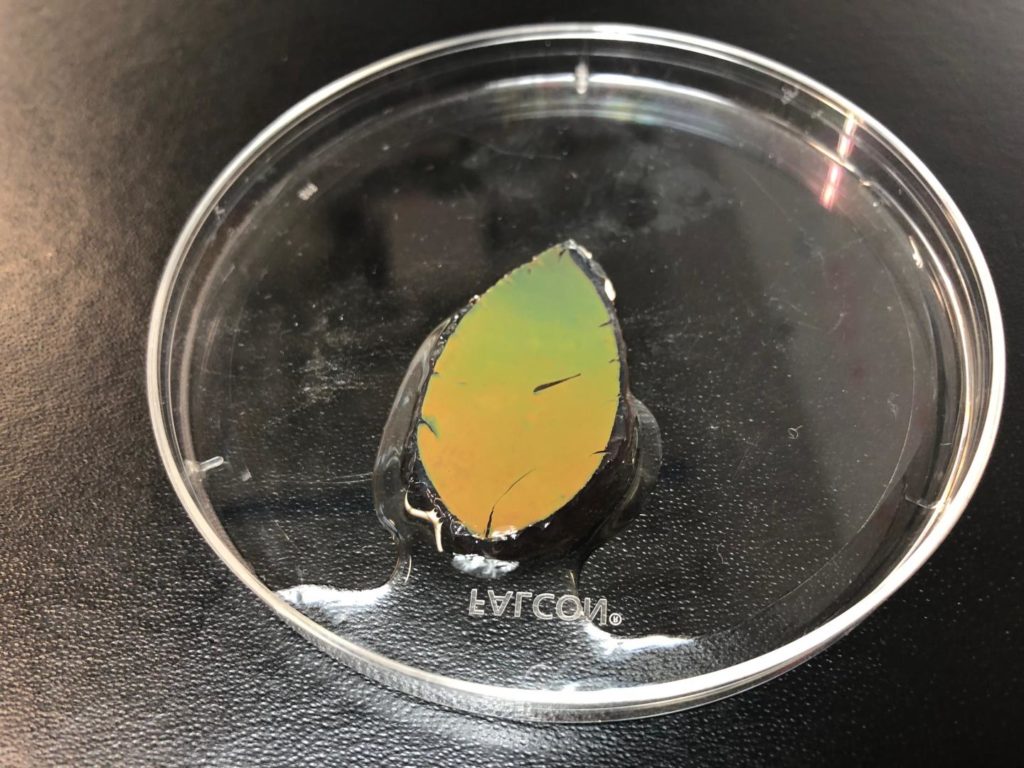
Chameleon inspires ‘smart skin’ that changes color in the sun
A new concept in the field of photonic crystals
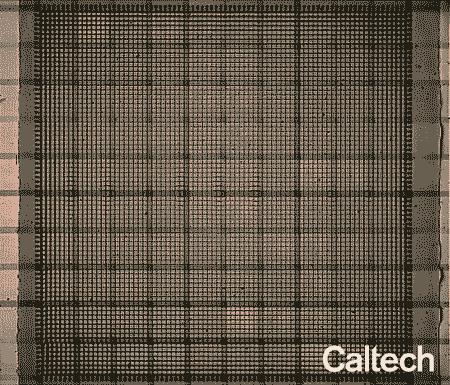
New metamaterial morphs into new shapes, taking on new properties
But it’s the defects that really make them interesting
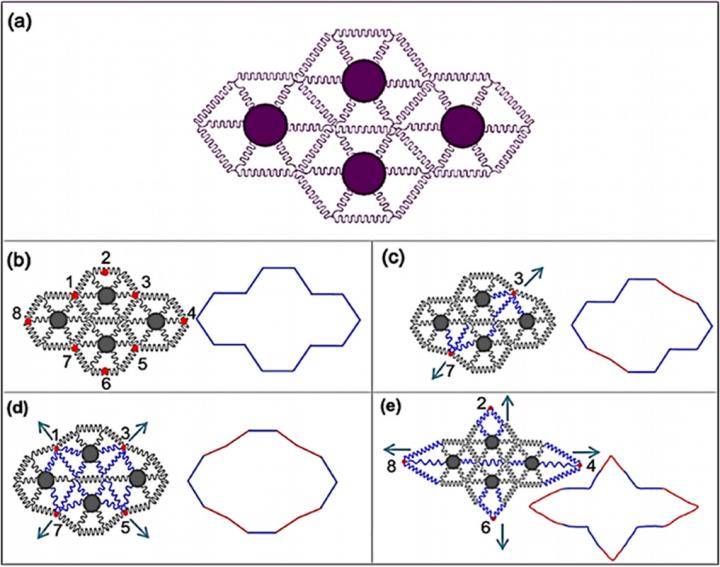
Reconfigurable electronics show promise for wearable, implantable devices
Flexible, stretchable electronics that can change size and shape dynamically are poised to open door
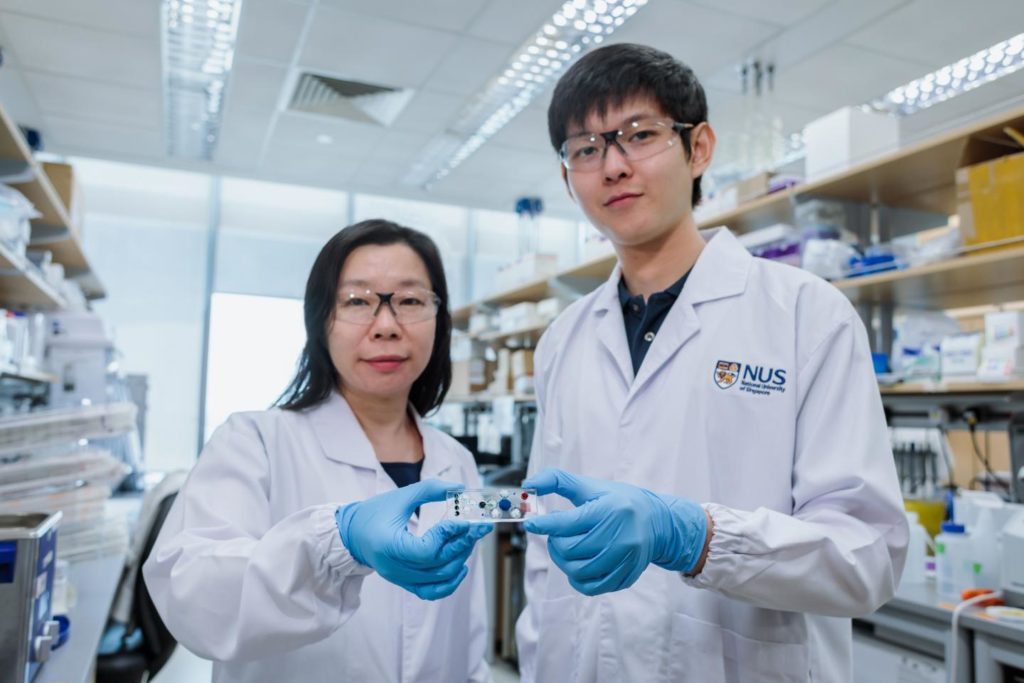
NUS invention makes biopsies less invasive and more informative
STAMP technology is a million times more sensitive and comprehensive to accurately detect and classi

Q-CTRL leaps into the global top-10 of quantum start-ups
Professor Michael Biercuk’s company announces $15m funding round
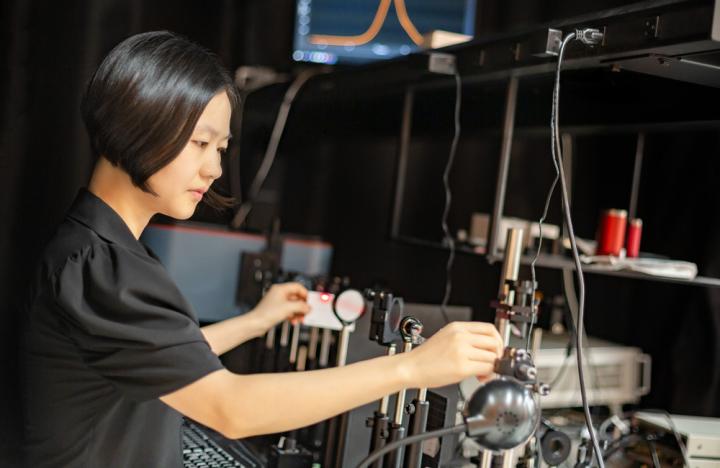
UT Dallas electrical engineer shining new light on moving data on microchips
Optical fiber, which uses light to transport vast amounts of data quickly between computers and other electronic devices, has revolutionized modern society, from the high-speed internet that flows into our homes to global communications. But the microchips that power everything…
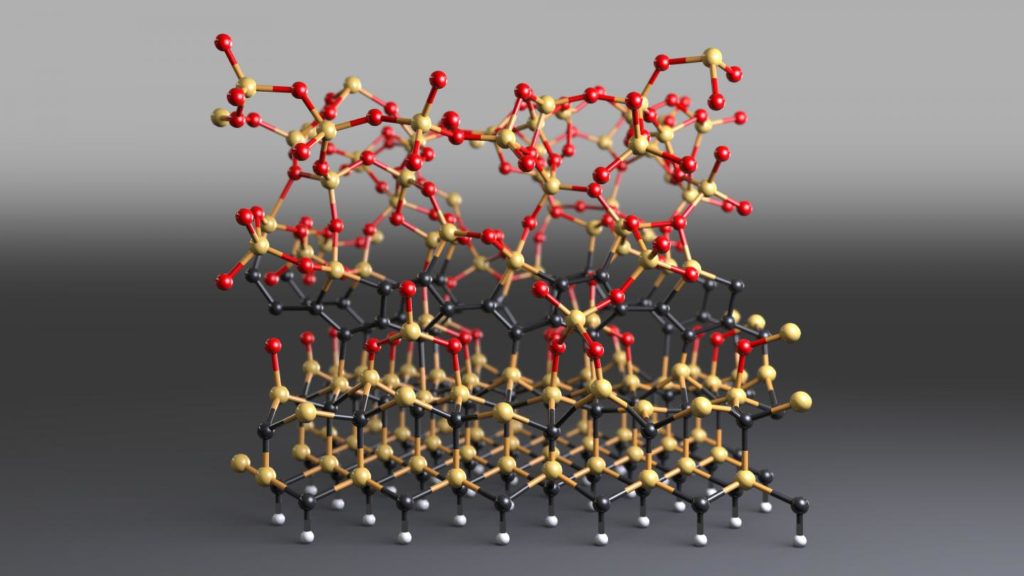
Silicon as a semiconductor: Silicon carbide would be much more efficient
In power electronics, semiconductors are based on the element silicon – but the energy efficiency of silicon carbide would be much higher. Physicists of the University of Basel, the Paul Scherrer Institute and ABB explain what exactly is preventing the…

UCLA Health earns federal innovation grant
New Biodesign Hub will focus on developing health care technology
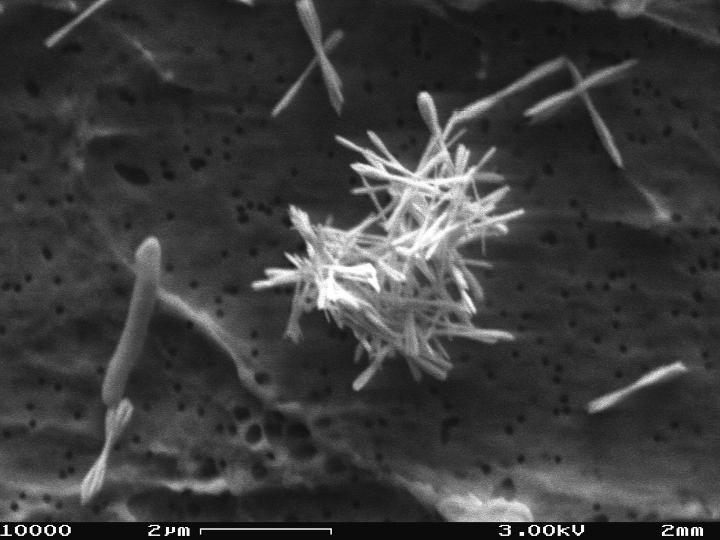
Using nature to produce a revolutionary optical material
Nanocomposite protects against intense light, holds promise for expanding high-speed optical network
The future of mind control
Why neuron-like implants could offer a better way to treat Alzheimer’s disease or post-traumatic str
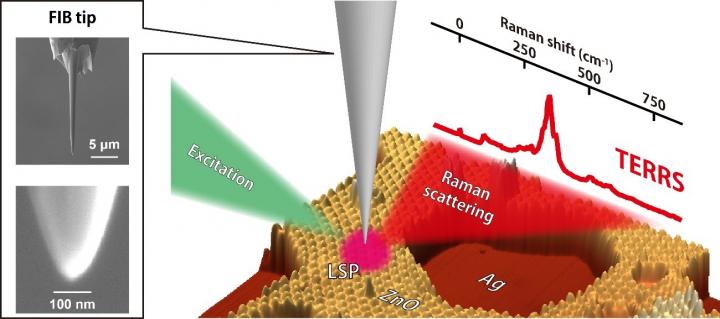
‘Resonance’ raman spectroscopy with 1-nm resolution
Tip-enhanced Raman spectroscopy resolved “resonance” Raman scattering with 1-nm resolution in ultrathin zinc oxide films epitaxially grown on a single-crystal silver surface. Tip-enhanced “resonance” Raman scattering can be used to investigate a specific chemical structure at nanoscale and at the…
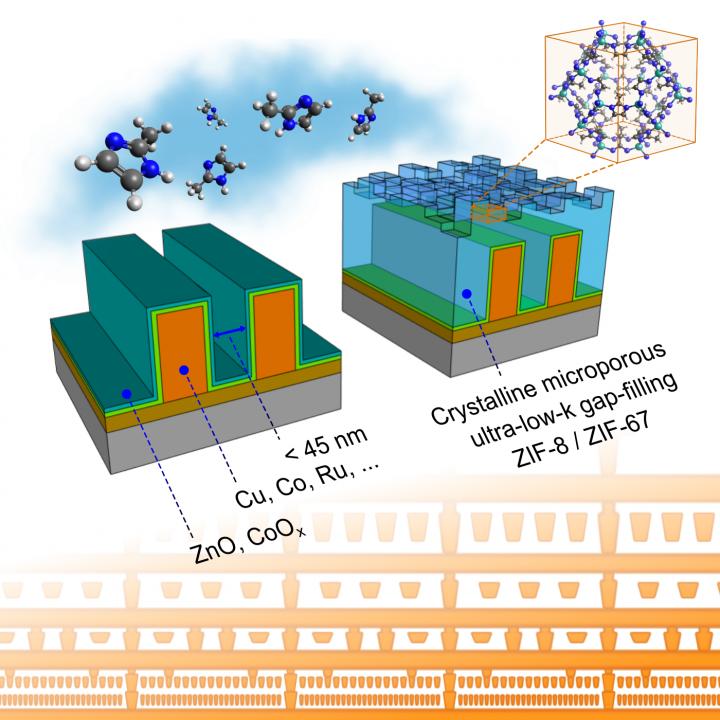
New insulation technique paves the way for more powerful and smaller chips
Researchers at KU Leuven and imec have successfully developed a new technique to insulate microchips. The technique uses metal-organic frameworks, a new type of materials consisting of structured nanopores. In the long term, this method can be used for the…
Colour-change urine test for cancer shows potential in mouse study
A simple and sensitive urine test developed by Imperial and MIT engineers has produced a colour change in urine to signal growing tumours in mice. Tools that detect cancer in its early stages can increase patient survival and quality of…
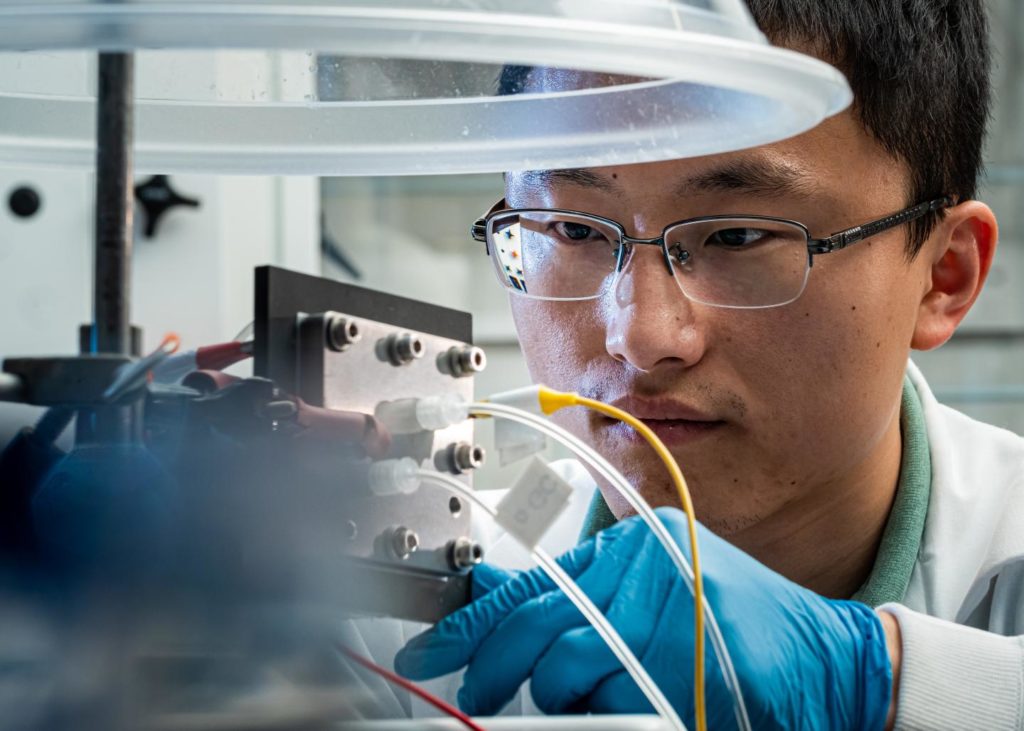
Rice reactor turns greenhouse gas into pure liquid fuel
Lab’s ‘green’ invention reduces carbon dioxide into valuable fuels
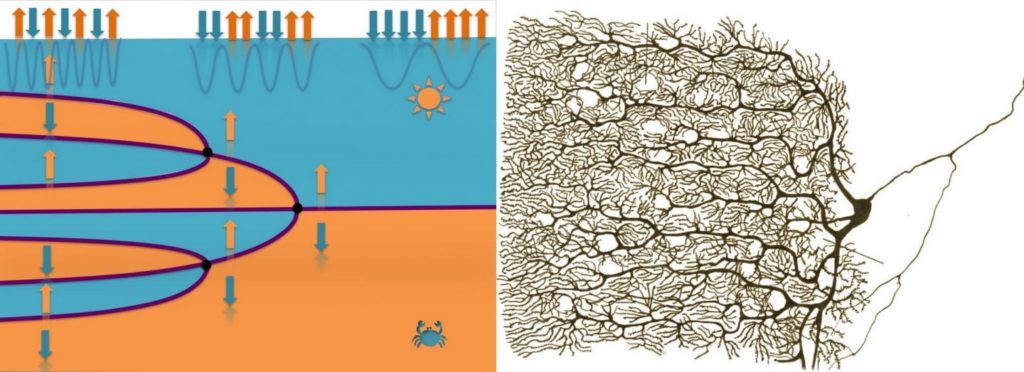
At the edge of chaos, powerful new electronics could be created
Study shows how ferroic materials could be used to create adaptable neuromorphic electronics
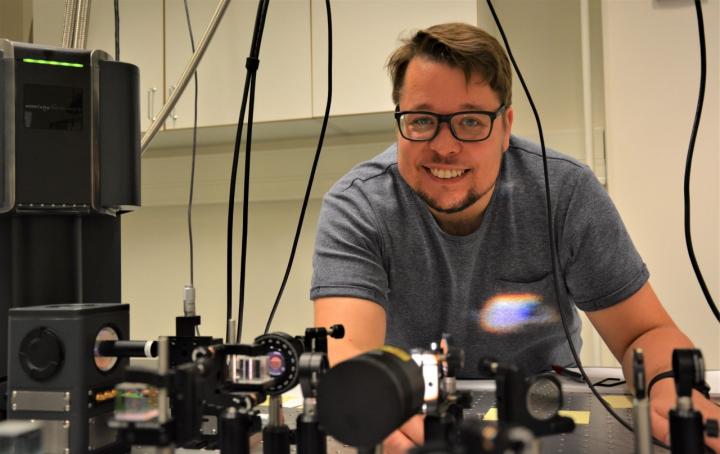
Nanoresearcher developes a new quantum hybrid platform for combining quantum elements
With support of ERC grant Juha Muhonen aims to solve one of the main issues preventing the creation
Corralling quantum cats: from Cheshire cat to Schrodinger’s cat
New book helps readers better understand the elusive ‘Cheshire cat’ we call the quantum world, and s
How to simulate softness
Material design tricks and equations could one day help researchers recreate different sensations of
Beetle scales hold secret to creating sustainable paint from recycled plastic, research shows
Experts have managed to mimic the colour of the Cyphochilus beetle’s scales one of the brightest whites in nature Findings show the colour is created by the structure of the beetles’ scales, not by pigments and dyes By managing to…

Researchers develop process flow for high-res 3D printing of mini soft robotic actuators
SUTD, SUSTech and ZJU researchers’ proposed process flow guides 3D printing of miniature soft pneuma

Laser printing tech produces waterproof e-textiles in minutes
A rapid, cost-efficient and scaleable method for fabricating textiles embedded with energy storage d
Gold nanoparticles shown to be safe and effective treatment for prostate cancer
Biocompatible gold nanoparticles designed to convert near-infrared light to heat have been shown to safely and effectively ablate low- to intermediate-grade tumors within the prostate, according to a study conducted at the Icahn School of Medicine and published in the…
Gold nanoparticles shown to be safe and effective treatment for prostate cancer
Biocompatible gold nanoparticles designed to convert near-infrared light to heat have been shown to safely and effectively ablate low- to intermediate-grade tumors within the prostate, according to a study conducted at the Icahn School of Medicine and published in the…
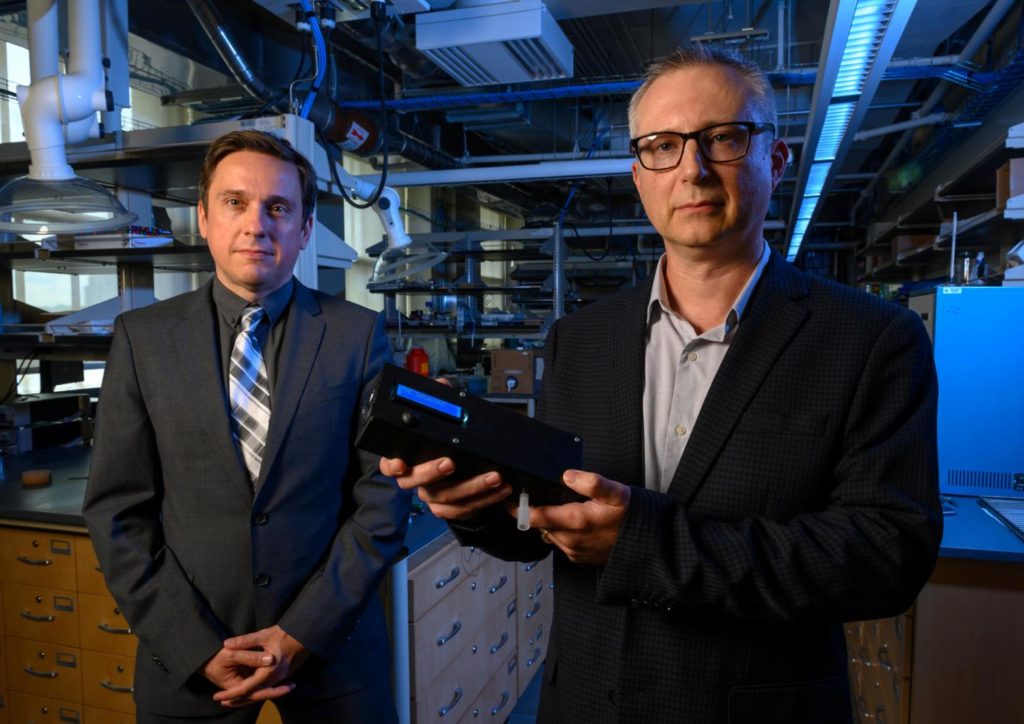
Pitt researchers create breathalyzer that can detect marijuana
PITTSBURGH (Aug. 27, 2019) — As recreational marijuana legalization becomes more widespread throughout the U.S., so has concern about what that means for enforcing DUI laws. Unlike a breathalyzer used to detect alcohol, police do not have a device that…
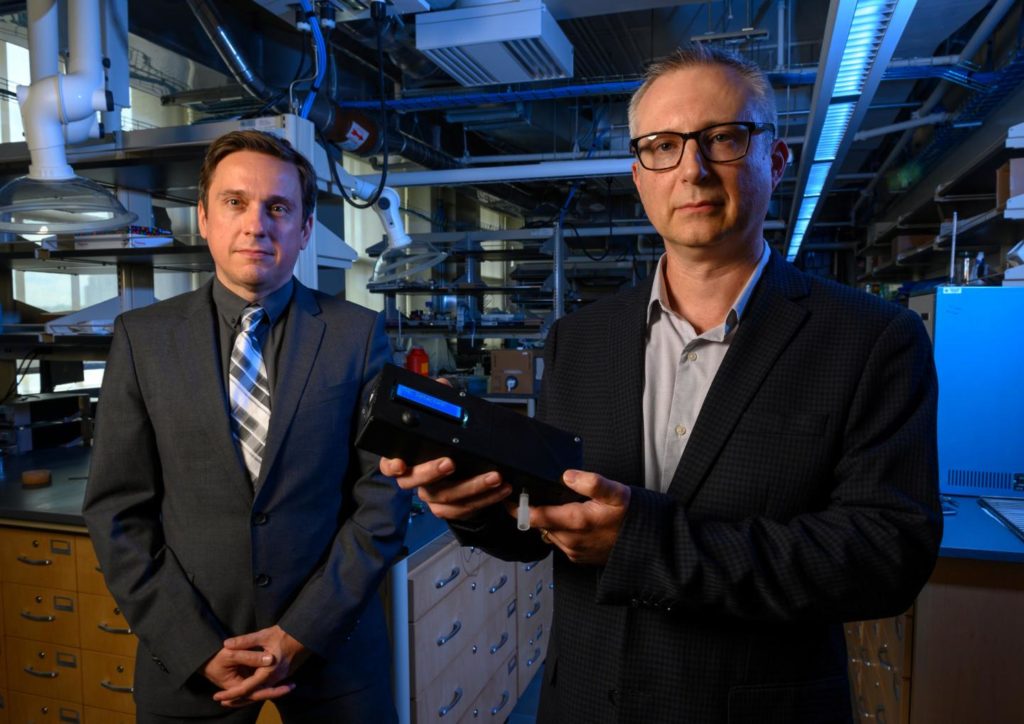
Pitt researchers create breathalyzer that can detect marijuana
PITTSBURGH (Aug. 27, 2019) — As recreational marijuana legalization becomes more widespread throughout the U.S., so has concern about what that means for enforcing DUI laws. Unlike a breathalyzer used to detect alcohol, police do not have a device that…
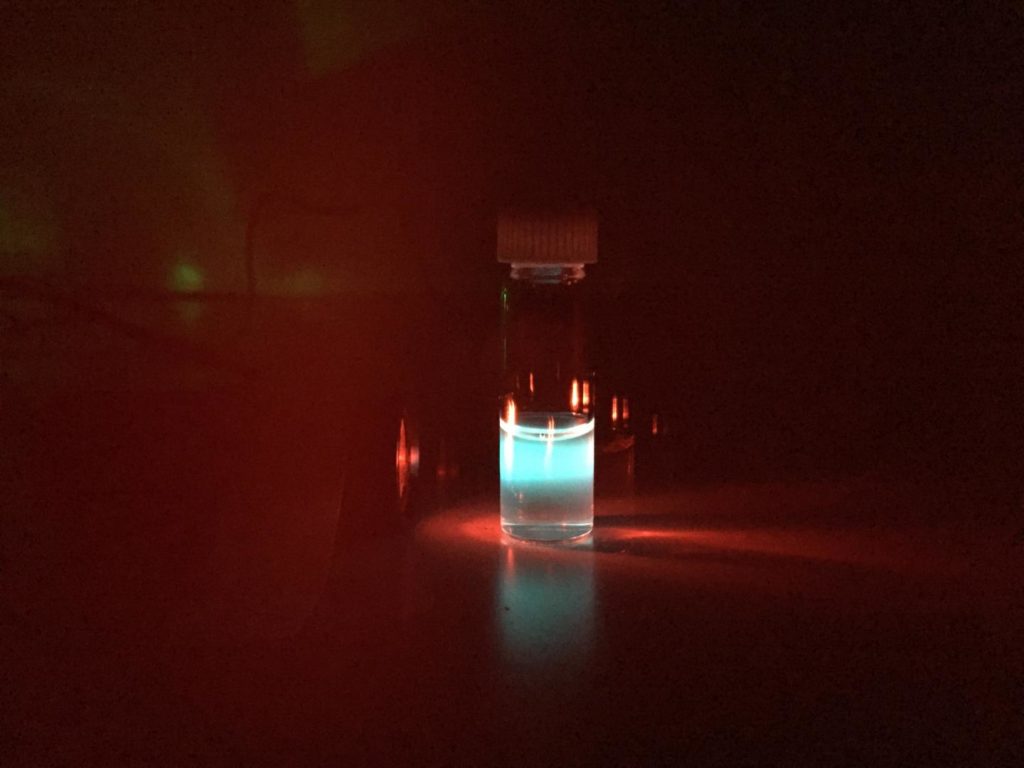
Nanoparticles could someday give humans built-in night vision
SAN DIEGO, Aug. 27, 2019 — Movies featuring heroes with superpowers, such as flight, X-ray vision or extraordinary strength, are all the rage. But while these popular characters are mere flights of fancy, scientists have used nanoparticles to confer a…
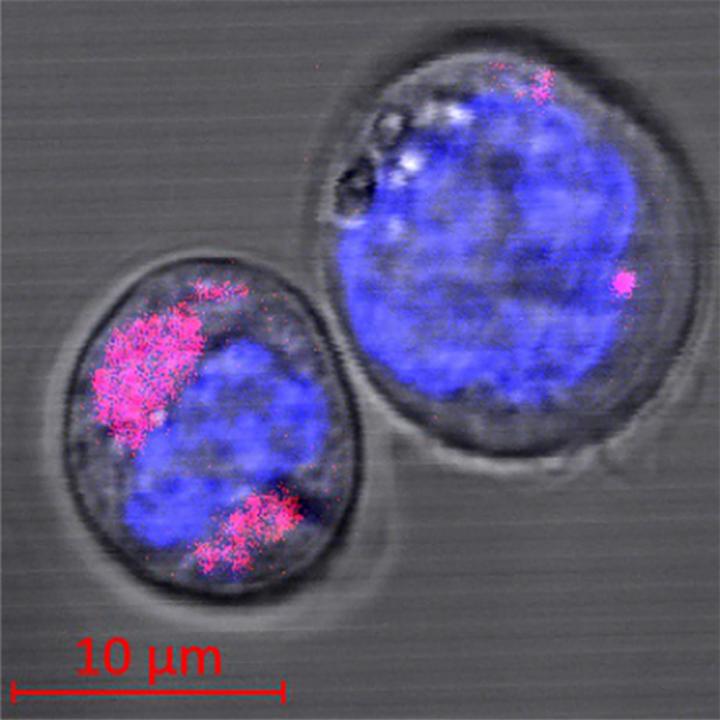
Biological risk potential of nanoparticles studied
Publication in Scientific Reports
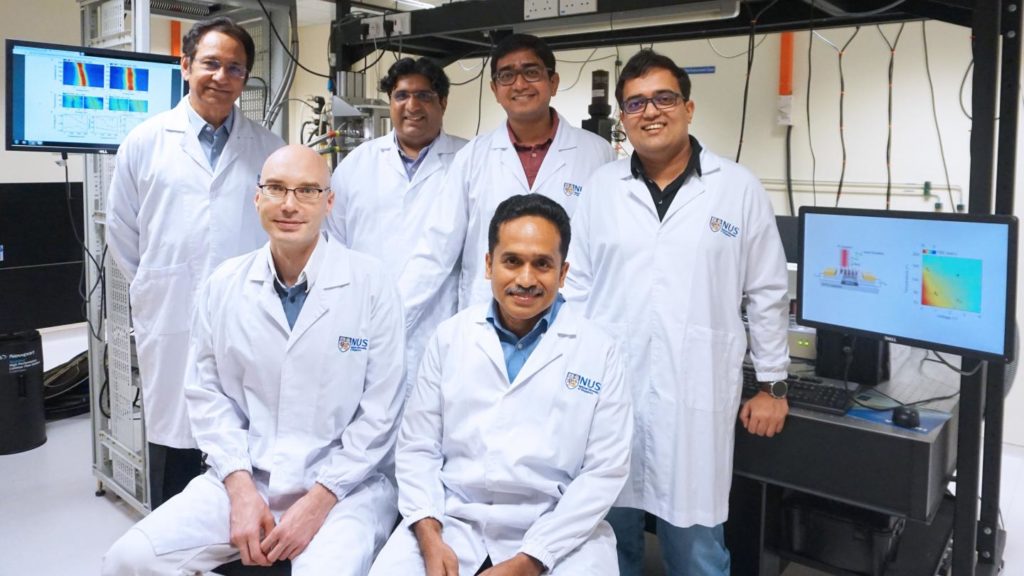
NUS researchers discover unusual ‘quasiparticle’ in common 2D material
The new quasiparticle, named ‘polaronic trion’, enables significant tunability in the optoelectronic
A 2 nm sized nanomachine able to spin and transfer its rotational energy
With the celebration of the 50th anniversary of the moon landing this year, it could be argued that the greatest science of the 20th Century was about big machines that could travel the universe. The rise of nanotechnology is suggesting…
A new model of heat transfer in crystals was developed by Russian scientists
Russian scientists suggested a model describe the distribution of heat in ultrapure crystals at the

Coating developed by Stanford researchers brings lithium metal battery closer to reality
Hope has been restored for the rechargeable lithium metal battery – a potential battery powerhouse relegated for decades to the laboratory by its short life expectancy and occasional fiery demise while its rechargeable sibling, the lithium-ion battery, now rakes in…
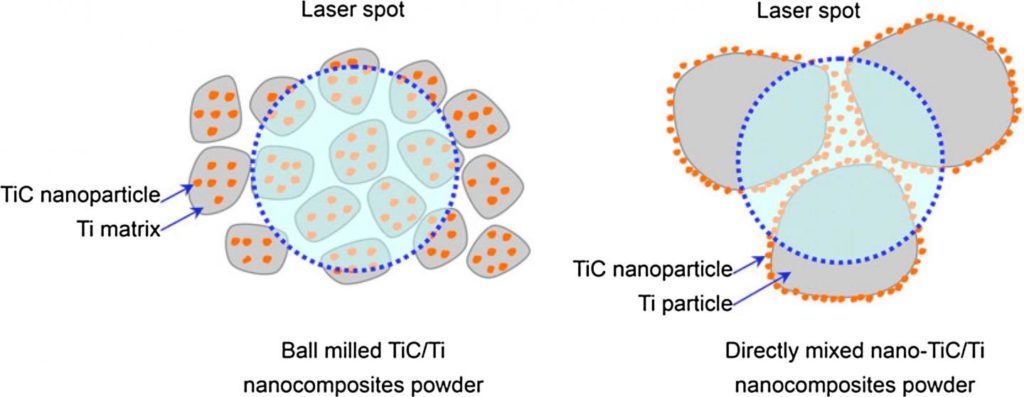
Researchers’ review paper reveal insights into high quality fabrication of nanocomposites
SUTD together with research collaborators provide much needed analysis and review of the emerging re

Quest for new cancer treatment crosses milestone
Therapy invented at Rice University excels in pilot clinical trials
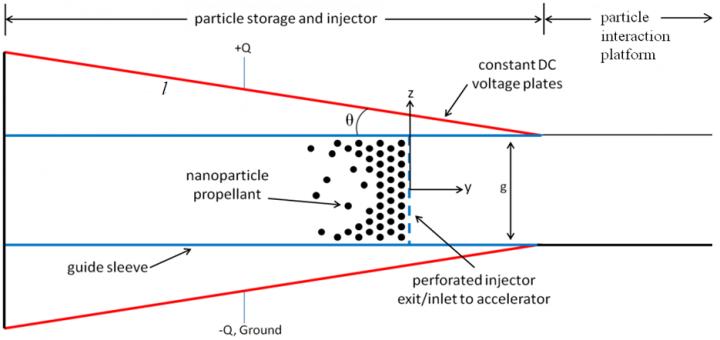
Study models new method to accelerate nanoparticles
In a new study, researchers at the University of Illinois and the Missouri University of Science and Technology modeled a method to manipulate nanoparticles as an alternative mode of propulsion for tiny spacecraft that require very small levels of thrust.…
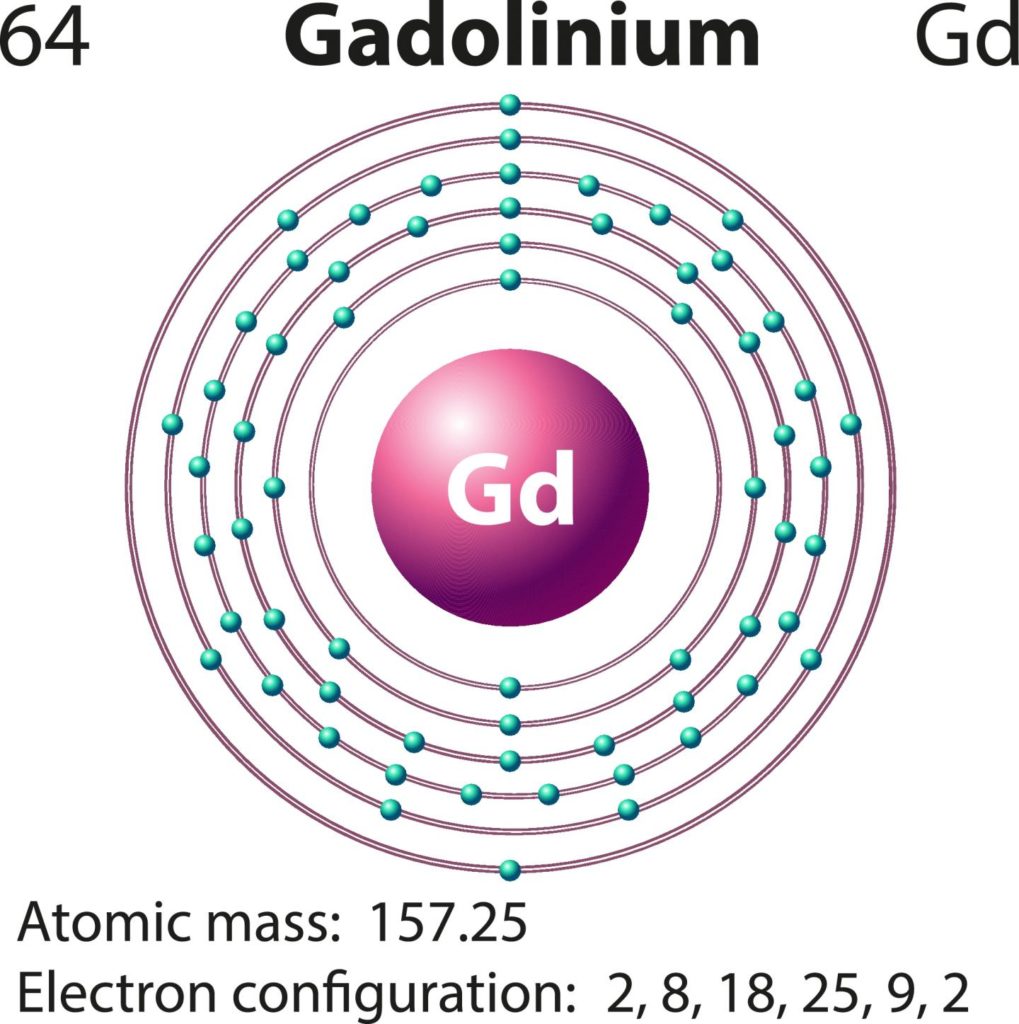
New efficient method for urine analysis may tell us more
Our urine reveals our well-being and how we treat our body; a researcher at Aarhus University develo
Scaling up a nanoimmunotherapy for atherosclerosis through preclinical testing
By integrating translational imaging techniques with improvements to production methods, Tina Binderup and colleagues have scaled up a promising nanoimmunotherapy for atherosclerosis in mice, rabbits and pigs – surmounting a major obstacle in nanomedicine. Their study brings the anti-inflammatory treatment…